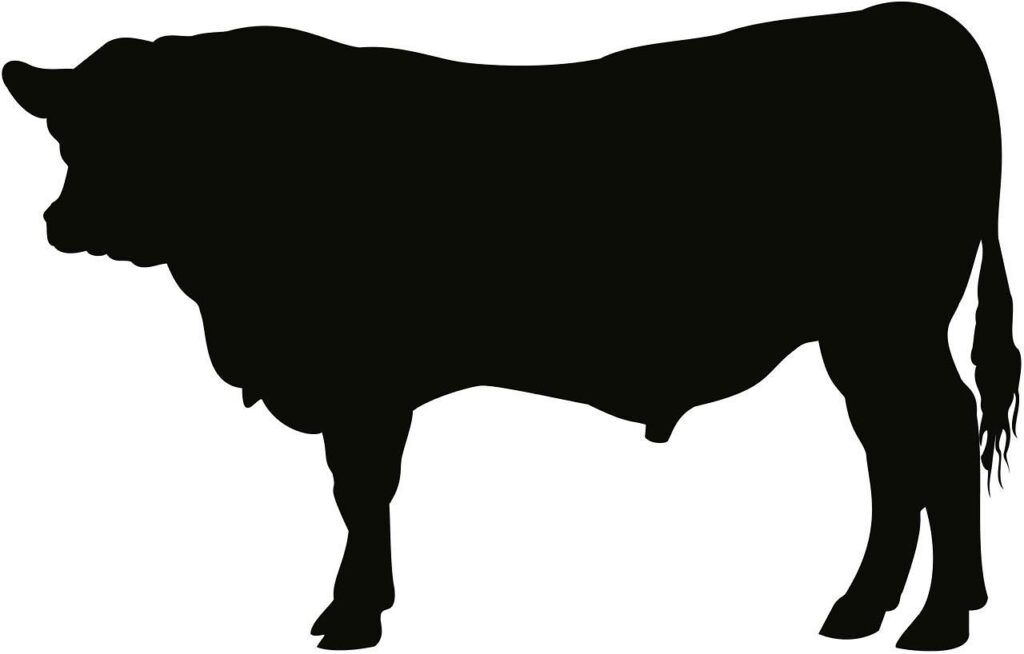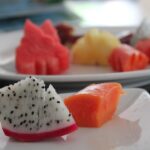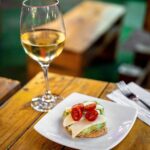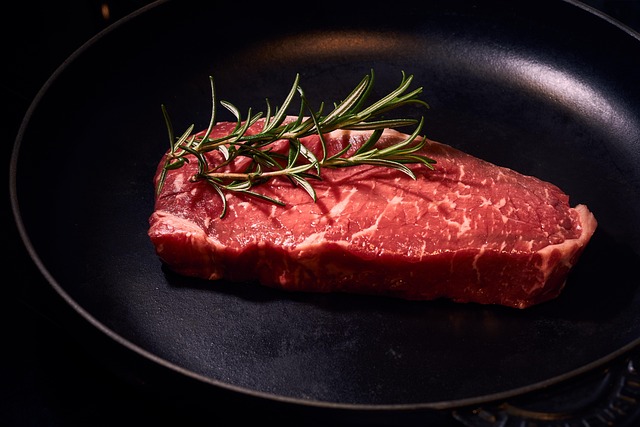Wagyu beef represents the pinnacle of culinary luxury, commanding prices that can reach $300 per pound or more. This extraordinary Japanese delicacy has captivated food enthusiasts worldwide, but what exactly makes it so expensive? The answer lies in centuries of tradition, meticulous breeding practices, and an uncompromising commitment to quality that transforms ordinary cattle into living works of art.
The Origins of Excellence

Wagyu, literally meaning “Japanese cow,” traces its roots back to ancient Japan where cattle were primarily used for agricultural work rather than food. The isolation of Japan for over 200 years during the Edo period created unique genetic lineages that would later become the foundation of modern Wagyu breeds. Four main breeds exist today: Japanese Black, Japanese Brown, Japanese Shorthorn, and Japanese Polled, with Japanese Black accounting for over 90% of Wagyu production.
The Science Behind the Marbling
What sets Wagyu apart is its extraordinary marbling – the intricate web of fat that runs throughout the muscle tissue. This isn’t ordinary fat; it’s a specific type called intramuscular fat that melts at a lower temperature than regular beef fat, creating that legendary buttery texture and rich umami flavor. The marbling in premium Wagyu can comprise up to 50% of the meat’s composition, compared to just 5-10% in conventional beef.
This exceptional marbling results from specific genetic traits that have been carefully preserved and enhanced over generations. Japanese cattle possess a genetic predisposition to distribute fat evenly throughout their muscle tissue, a characteristic that breeders have refined through selective breeding programs spanning centuries.
The A5 Grading System
Japan employs the world’s most rigorous beef grading system, with A5 representing the absolute pinnacle of quality. The grading considers yield (A, B, or C) and quality (1-5), evaluating marbling, meat color, fat color, and firmness. Only cattle scoring perfect marks across all categories earn the coveted A5 designation, representing less than 1% of all Japanese beef production.
Each A5 Wagyu carcass undergoes microscopic examination by certified graders who spend years training to recognize the subtle differences that separate exceptional from extraordinary. This rigorous assessment ensures that only the finest specimens reach international markets, justifying the premium pricing.
Raising Wagyu: An Art Form

Wagyu cattle receive treatment that rivals five-star hotel service. These animals live stress-free lives in climate-controlled environments, often receiving daily massages to improve blood circulation and prevent muscle tension. Their diet consists of carefully formulated feeds including high-quality grains, rice straw, and sometimes even beer or sake to stimulate appetite.
The feeding process alone can take 28-30 months, significantly longer than conventional cattle (18-20 months). This extended feeding period allows for maximum marbling development but dramatically increases production costs. A single Wagyu cow can consume feed worth thousands of dollars throughout its lifetime.
Geographic Authenticity Matters
True Japanese Wagyu comes from specific prefectures, each with distinct characteristics. Kobe beef from Hyogo Prefecture remains the most famous, but regions like Matsusaka, Omi, and Hida also produce exceptional Wagyu with unique flavor profiles. These regional variations result from different feeding practices, local climate conditions, and water sources.
The Japanese government strictly controls Wagyu genetics and exports, maintaining genetic purity and preventing dilution of bloodlines. This protection ensures authenticity but limits global supply, contributing to high prices. Only authorized facilities can process and export genuine Wagyu, adding another layer of exclusivity.
The Economics of Luxury
Several factors converge to create Wagyu’s astronomical pricing. Limited production capacity means supply remains extremely constrained – Japan produces only about 40,000 tons annually compared to millions of tons of conventional beef globally. The lengthy raising process ties up capital for years before generating returns, increasing financing costs.
International shipping requirements for maintaining quality add significant expenses. Wagyu must be shipped frozen in specialized containers, often by air freight to preserve optimal condition. Import duties, distributor markups, and restaurant premiums can multiply the final price several times over the initial cost.
Investment in Perfection

When you purchase authentic A5 Wagyu, you’re investing in an unparalleled culinary experience that represents centuries of refinement. The intense marbling creates a texture unlike any other protein – simultaneously rich yet delicate, with flavors that evolve as the fat slowly melts on your palate.
This isn’t just expensive beef; it’s edible art that showcases humanity’s ability to perfect nature through patient dedication and unwavering standards. While the price may seem extreme, it reflects the true cost of achieving absolute excellence in food production.
Understanding these factors helps appreciate why genuine Wagyu commands such premium pricing and why food enthusiasts consider it worth every penny.







